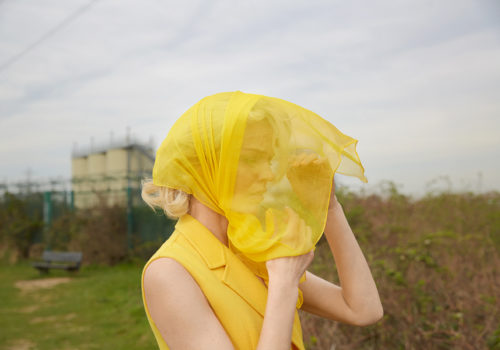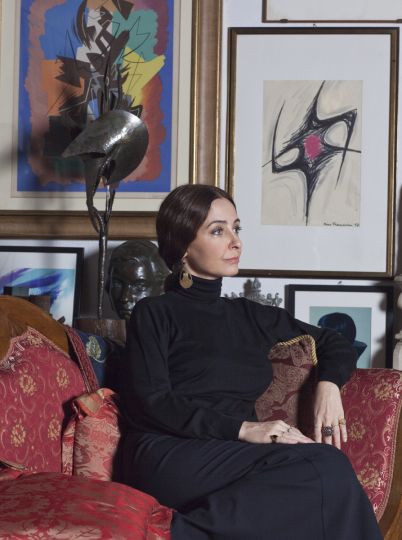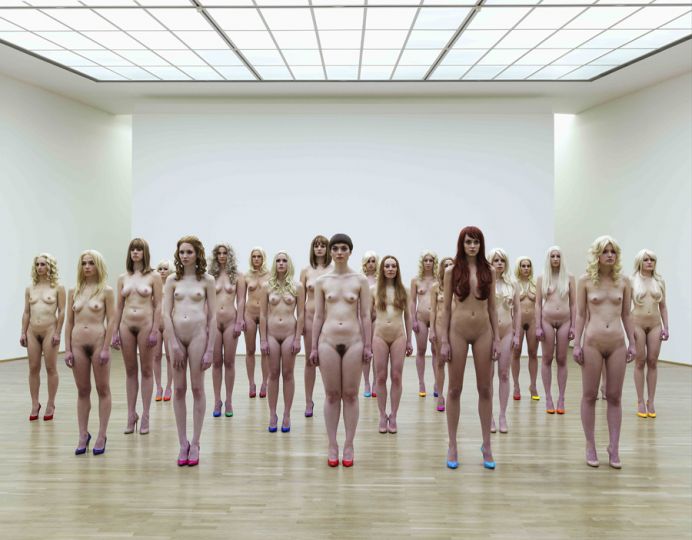In the history of art, women have been relegated – in most instances – to the role of inspiring muses: indisputably loved, admired and revered but almost always in a passive role. In the mid-70s, film critic Laura Mulvey theorized about the “male gaze”, that system whereby the vision of a film is always negotiated through a male perspective with which the viewer identifies and from whose point of view gains pleasure. Clearly, the “male gaze” is not a prerogative of the cinema industry only but can be equally applied to the arts: women are always portrayed as objects of men’s voyeuristic desire and female viewers have to inevitably conform to that by taking upon themselves that same objectifying point of view.
The fashion industry has always been indissolubly linked to the creation of desire: the dimension in which such desire comes alive is that of the dream, the aspiration, the beauty and the medium – photography, a field dominated, for years, by a predominantly male point of view, which reiterates the paradox whereby women – the subjects and the main recipients of fashion photography – find themselves being subjected to the resulting imagery in a passive role.
The female act of claiming back the lens whilst redefining a woman’s female gaze toward another woman is very much a subversive act, one loaded with socio-political implications and it is one of the only true revolutions that occurred in fashion photography over the last ten years. The ‘female gaze’ is a reassertion of the woman’s identity, of the idea of a different kind of beauty – that is less artificial – of a more complex and multifaceted femininity and of the right to self-represent one’s body: in other words, a radical redefinition of the very concept of desire.
The Female Gaze exhibition, co-curated by Alessia Glaviano and Chiara Bardelli Nonino, is a chronological, themed investigation into the importance of such an act of re-appropriation that goes through Cindy Sherman’s iconic self-portraits to Juno Calypso’s or Arvida Byström’s witty ones, from Camilla Akrans’ ethereal and fairy-like femininity to the tangible sensuality of Amanda Charchian’s women, from Ellen Von Unwerth’s playful eroticism to Donna Trope’s mysterious take, up to the contextualization of femininity outside of the Western globalizing gaze in the images of Zanele Muholi, Lalla Assia Essaydi and Namsa Leuba. The female gaze does not stop in front of and is not afraid of blemishes, imperfections, taboo topics or clichés but portrays the female universe in all its endless complexities.
The international photographic scene has never been as varied and pluralistic as it is today, especially thanks to the web and social media, which tore down any barrier between artists and their potential audience. However, the democratization of the access to the gaze has had a two-fold effect: one the one hand, it eliminated the mediation of the qualified critique that acted as arbiter of taste while, on the other hand, saw the rise of a new type of censorship implemented by the nudity policy of some social media sites, which sparked numerous controversies for eliminating artistic or photo-journalistic images that were deemed pornographic content and that has led artists to produce works that explore sexuality and similar themes.
The work of such photographers who show the female body for what it is – sensual, vulnerable, idealized or with imperfections – is part of a broader discourse aimed at enriching the way of looking at the world, freeing it from stereotypes whilst adding another point of view, one that has been ignored for centuries, censored, belittled and forgotten: the female gaze’s point of view.
The Female Gaze
At Photo Vogue Italia Festival
November 22-26, 2016
Base Milano
Via Bergognone, 34
20144 Milan
Italy


















